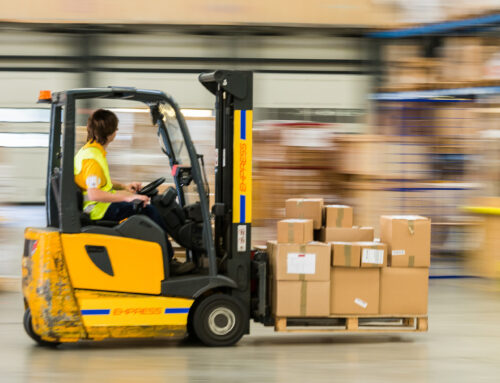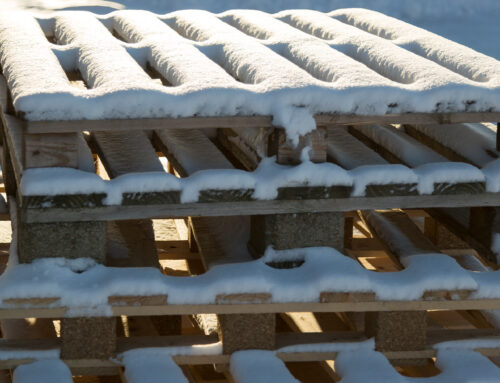There is no doubt that COVID changed a lot of things for a lot of people, but how about wood supplier relationships? This change is something that we’ve been seeing change over the last year, but it’s nice to see confirmation from other sources.
Gartner, a leading research and advisory company, conducts a yearly “Future of Supply Chain” survey and produces a report of their findings. As you might imagine, 2020 was a very interesting year for the survey. While much of their findings centered around digitalization of ecosystems and changes in delivery models, and forced by the pandemic, one of the biggest changes noted was the shift to deeper relationships with vendors and suppliers.
According to Gartner, 77% of companies plan to invest in creating those deeper relations, as a hedge against risk vulnerabilities. We’ve also seen this shift. Many manufacturers we’re working with now are looking for more collaborative wood supplier relationships with us, and prospective new customers definitely seem to have risk front of mind.
No one wants to find themselves vulnerable in the event of another major challenge, like COVID. It’s all about wood supplier resilience now.
Supply Chain Resilience
Manufacturers have always worked on ways to build better and more agile supply chains. There’s really nothing new there. Since the beginning of the pandemic, however, companies had been forced to rethink how they work with vendors of all kinds, not just wood suppliers. Manufacturers are working on plans to not only to survive, but to rebound and thrive in the coming year.
Unfortunately, many supply chain managers discovered over the last year that their previously established procurement contracts weren’t always as reliable as they believed. In some cases, supply contracts weren’t enough to ensure purchase orders were filled and needed supplies were delivered on time.
In many cases, there were no contingency plans in place and many vendors utterly failed to provide the supplies that manufacturers were depending on. Many of the new customers that we’ve gained over the last several months found themselves in exactly that situation. They were depending on their previous pallet, crate, and wood supplier to deliver, and orders were not filled. Manufacturing product lines were stalled and products weren’t delivered because their previous vendors ran into their own supply issues.
Contingency Plans Matter
If the pandemic has taught us all nothing else, it has highlighted in bold letters how important contingency planning is to manufacturers. Here at Conner, we’ve always had contingency plans and plant redundancies in place to ensure that we can always meet our obligations to our customers. Having solid contingency plans in place has allowed us to continue taking care of our customers through several different challenges, including Hurricanes Michael and Harvey.
The pandemic was certainly a new type of challenge, but we had enough resiliency built into our operations that we could continue delivering to our customers as needed. We met the challenge and survived, while many other wood suppliers did not. It’s now been a year since the pandemic began, and we’re seeing a lot of manufacturers looking for exactly that kind of resiliency in their wood suppliers. Even our current relationships with many customers are changing in favor of a more collaborative approach to meeting their needs.
They’re not just interested in a quick turnaround product, so much as a long-term partner that they can depend on through whatever challenges may come their way. They want to know that we have a plan if a disruption occurs so that their production lines can keep moving.
This Wood Supplier Welcomes Supply Chain Changes
Conner sees these changes to the supply chain as a positive step. For too long, pallet, crate, and wood suppliers have taken a back seat to other parts of the supply chain. The challenges of the past year have elevated wood suppliers as an equally important part of nearly every supply chain, and we welcome the change.
We have always strived for deeper, more collaborative partnerships with our customers. Many supply chain managers no longer see that partnership as a luxury. It has become essential to have deeper relationships with wood suppliers to meet the challenges ahead. Procurement departments are now more committed than ever to more resilient supply chains, and we like being a part of that.
You never know what the next threat to production might be, but we are committed to continuing to take care of our manufacturing partners to meet and overcome the challenge.







